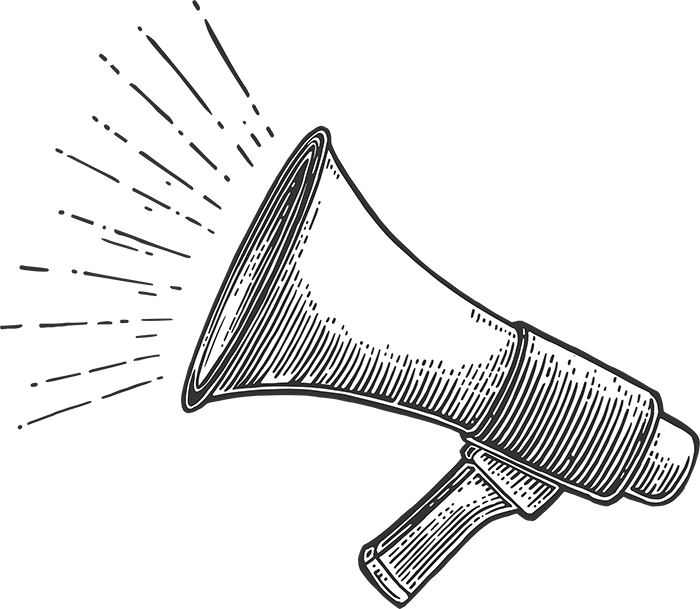SMX East Liveblog: Conversion Rate Rock Stars
Luke Summerfield shares brilliant insights on designing your site and content to appeal to people’s unconscious brains (i.e., where emotions live). Then Paras Chopra and Khalid Saleh talk technical CRO matters.
Speakers:
- Paras Chopra, Founder & CEO, Wingify (@paraschopra)
- Khalid Saleh, CEO, Invesp (@khalidh)
- Luke Summerfield, Director of Inbound Marketing, Savvy Panda (@savvyluke)
Luke Summerfield: Brain-Based Marketing
What is our goal as marketers? To drive human behavior.
The human brain has two parts – our conscious and unconscious and they don’t communicate very well together. As marketers, we are trying to get the unconscious brain – where all the emotions are.
And yet … user tests, focus groups, feedback, interviews, surveys – those all explore the conscious brain, not the part that actually drives behavior.
Instead, we should look at data and the psychology of why people behave the way they do in the first place.
Brain-Based Design
Authority. We are more influence by people that hold a position of power or authority. Show authority by:
- Supply customers with testimonials and case studies
- Get awards and highlight them
- Showcasing high profile clients
- Partner with authorities – feed off their credibility
Social Proof. We are influenced by decisions of groups of other people.
- Show the number of customers you’ve helped.
- Showcase community favorites, use user photos and videos.
- Incorporate reviews and ratings
Reciprocity. We are more likely to take action when we are given something of value. Build reciprocity by:
- Creating great quality blog posts.
- Thank You Page offers for secondary conversions
People that are Like Us. We are attracted to people that have similar core values and remind us of ourselves.
- Use images on your site that reflect the personas visiting it.
- When choosing which testimonials, choose the testimonials that are from customers that your targeted personas will be able to relate to.
Brain-Based Design
Reticular Activating System – this tells our brain what we should focus in on and what we shouldn’t focus in on.
Motion – we are hardwired to see things that are moving – when you want to focus a user’s attention, show don’t tell. Use video for your most important pieces of content. Or Javascript animation. Or slide ups – when something slides up at the bottom of a blog post, for example.
Mirror Neurons
When you see something happen to another person, your brain lights up with similar emotions. That’s why there are laugh tracks on sitcoms, for example.
Use actionable words – they also elicit mirror neurons.
Images Our Brains Are Attracted To
We are attracted to people, specifically beautiful people and babies. Use these images whenever you can at conversion groups. We also gravitate to individuals rather than groups of people. Furthermore, users will concentrate on where the subject is looking. Therefore, if you can use a beautiful woman, holding a baby, looking in the direction of your most-prized content … all the better.
Paras Chopra: How to Graduate from Tactical A/B Testing to Research-Backed Conversion Optimization Process
The UX Optimization Process
- Research users
- Form hypothesis and list problems
- Prioritize problems
- Conduct experiments
- Deliver personalized experiences
- Measure and benchmark metrics
Consider doing a customer survey and simply ask people to list three things they don’t like about your website. For Chopra’s website, he did this and discovered people really didn’t like the color of his site (purple).
Put A/B testing on a calendar. Implement it into your process. Have a full-time person devoted to this.
Track conversion rates religiously.
Khalid Saleh: 3 Principals for Higher Conversions
Increasing conversion rates is a complex problem.
3-4% is the average conversion rate.
Increasing the rate requires sophisticated analysis. You must come up with focused solutions a that have a high probability of success.
Aim at 9-12% conversion rates
CRO is a long-term process.
Focus on pages with high exit and bounce rates. Look at the checkout process, as well.
Be Careful with Best Practices
- Usability principals are good in theory, but difficult in practices.
- What works for one website does not work for others.
- Move beyond simple analytics metrics to determine starting points.
- Determine KPIs before starting.
- Conduct monthly assessment.
- Start by creating goals in Google.

LEAVE A REPLY










